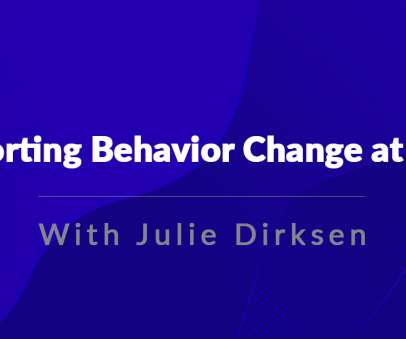How to Create and Edit Objectives in Drive
Knowledge Guru
JANUARY 19, 2017
Drive’s creation wizard tries to help you create specific, measurable objectives designed to use Bloom’s Taxonomy: a classification system that organizes knowledge by complexity. Optional) In the field labeled Performance Condition, specify the conditions under which the learner will demonstrate knowledge or skill. Elaboration.

































Let's personalize your content